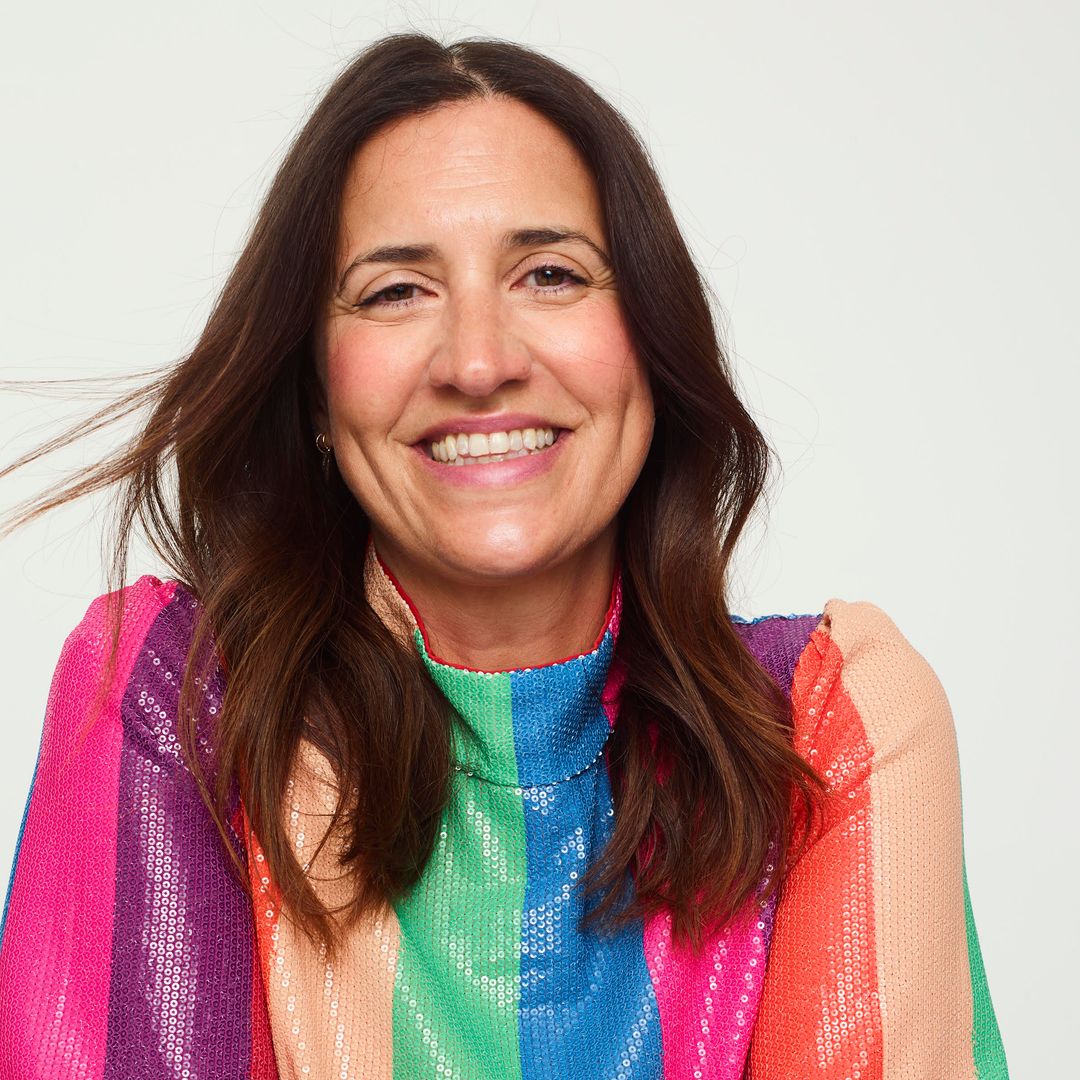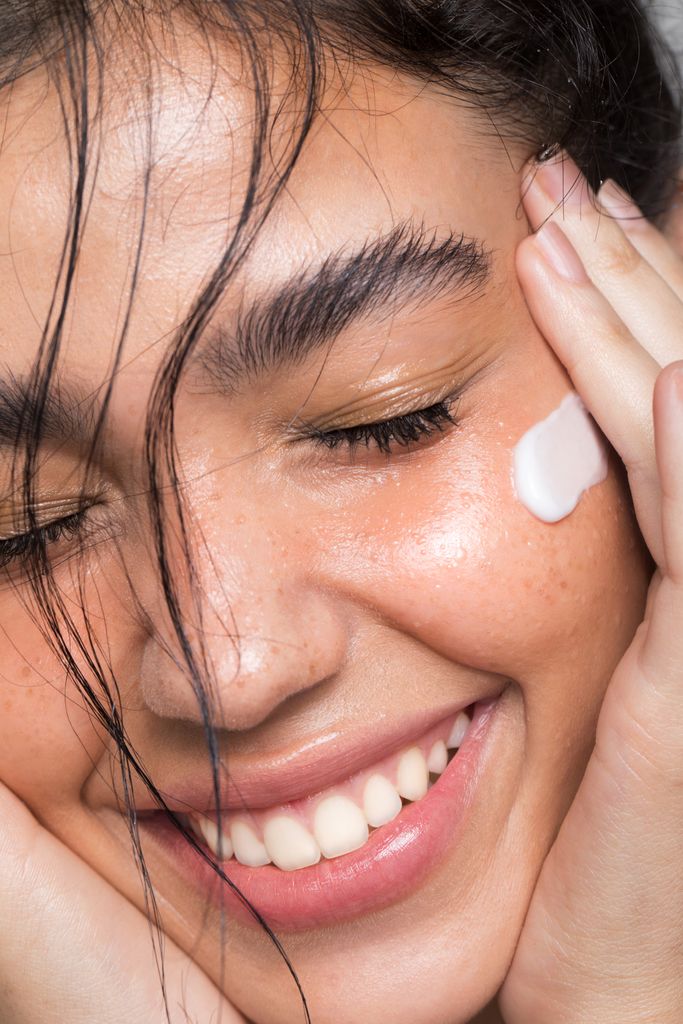As a beauty editor, I’ve tried and tested many skincare routines, and when it comes to flying, my regimen has gone from an indulgent mix of serums, spritzes and face masks to a pared-back collection of hydrating must-haves. But what I didn't know is that SPF is key when you're flying.
Air travel can be harsh on the skin, with its dehydrating cabin air and increased UV exposure - which means SPF is essential. But let’s face it, who has time or the inclination to start cleansing your face, applying masks and spritzing the cabin with rosewater? Especially if you’ve got kids in tow and haven’t got the luxury of turning left to business class.
So what skincare do you really need to use during a flight? "I see very elaborate in-flight skincare routines on social media," Dr Cristina Psomadakis, consultant dermatologist tells HELLO! “In part, these can be for fun and to pass the time, in which case, great. But for people who want to make sure to get the basics right, there are just a few products required."
Sunscreen on planes
I wear an SPF50 on my face every day, but I was surprised to hear how important it is to wear sunscreen during air travel.
"Flying for about one hour is the same as laying on a tanning bed for 20 min," Cristina explains. "This is quite substantial, especially on long-haul flights, so protecting yourself from UV radiation is imperative. I have many patients who were flight attendants and the UV exposure from flying, combined with many trips to sunny destinations, has led to skin cancers down the line."
My current favourite SPF is Tatcha The Silk Sunscreen SPF50 as it melts gorgeously onto skin, leaves no white cast and is perfect pre-makeup.
Using moisturiser when flying
I always carry a moisturiser that doubles up as a face and body cream in my flight bag, as the dry cabin air sucks the life out of my skin, which makes it dehydrated.
But Cristina explains that not everyone is the same and some people's skin goes the other way and turns greasy. "Inconsistencies in our eating, drinking and sleeping patterns during travel can lead to skin changes.
"People tend to drink more alcohol on holiday (often starting when they get to the airport), drink less water, and plane food can be salty. If you have a tendency towards dehydration, it is a great idea to carry a travel-size moisturiser on the plane."
My favourite in-flight creams are Cerave Daily Moisturising Lotion and Weleda Skin Food, which also doubles up as an intensive mask if you apply a thicker layer.
Using lip balm when flying
I dpn't go anywhere without lip balm as my lips are the first to show signs of dehydration. During a flight, Cristina recommends applying one regularly.
"Top up throughout a flight before your lips starts feeling dry and tight," she suggests. I recommend using an extra nourishing lip mask such as Dr Paw Paw Overnight Lip Mask. This is great at keeping lips hydrated without feeling tacky.
Face wash on plans
Okay, this one is new for me. I have used face wipes during a flight in the past, but now I know the damage they do to the environment, I don’t buy them anymore.
"Bring a mini face wash with you," Cristina advises. "Wash your face once during a long haul flight; ideally mid-way through and maybe before landing. It will make you feel refreshed and help to decongest your skin."
I recommend dispensing some of your cleanser into a squeezy travel pot like these ones from Boots.
READ: The cheapest item in our beauty editor's collection is £2.25 - find out what it is
"If you have oily skin and have a fringe I would also recommend a headband or hairpins for long haul flight as hair that can contribute to oilier skin and lead to irritation and breakouts.
"If you want to be extra, you can bring a facial mist, cuticle oil and hydrating sheet mask," Cristina explains. “And for long haul flights consider an eye mask and ear plugs. Getting as much sleep as you can and following a normal sleep pattern can be very helpful for the skin as when our circadian rhythms are disrupted skin can become stressed and inflamed."




